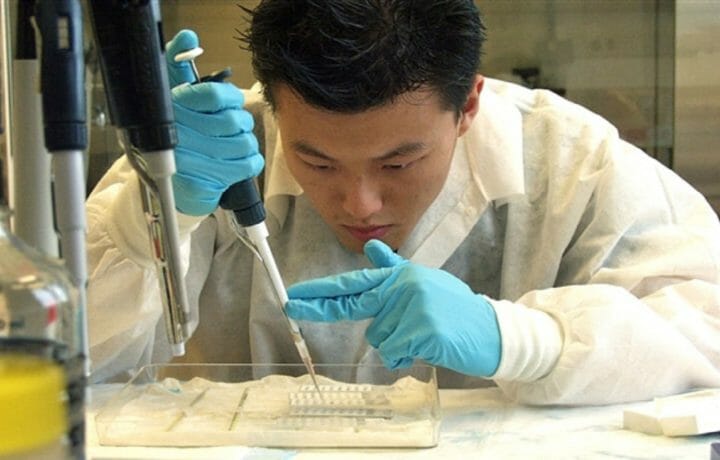The $2 trillion Coronavirus Aid, Relief, and Economic Security (CARES) Act included opening up certain federal restrictions governing military acquisition and development programs deemed “mission critical” to combat COVID-19.
The legislation grants DoD the authority to forgo mandatory notification on other transactional authority (OTA) contracts that would be focused on combating coronavirus. This includes Defense Advanced Research Projects Agency (DARPA), which has long recognized how devastating a pandemic disease could be. While DARPA may be well known for developing the tools of war, they’ve also been at the forefront of saving lives.
DARPA has been developing and supporting communities of innovators who can do the science and apply the lessons they are learning to create a technology platform that can prevent or address such pandemic outbreaks. The agency was behind the creation of DNA and RNA vaccines, and funded early research and development (R&D) efforts conducted by Moderna Inc. as well as Inovio Pharmaceuticals at a time when such technologies were widely considered speculative by both the scientific community and investors.
The agency has already funded efforts to create a therapeutic “shield” that could be mass produced to provide temporary protection from diseases such as the coronavirus. This works by boosting an individual’s immunity until an actual vaccine could be developed – and according to most medical authorities, such a vaccine could be 12-18 months away. Such a shield could also help slow the advance of the virus, which would be welcome news for hospitals, especially those in regions with a large number of outbreaks.
The agency has noted that it is interested in similar efforts to take on COVID-19, and on its website stated, “on an extremely limited basis, DARPA may decide to characterize some research as mission critical (e.g., COVID-19 related research).”
The DARPA technical offices focused on the efforts include the Defense Sciences Office (DSO) and the Biological Technology Office (BTO). Both of those have Office-Wide Broad Agency Announcements (BAA), which are open for the submission of any ideas.
The Three Ps
DARPA’s Pandemic Prevention Platform (P3) program, which was launched in 2017, supports the military readiness and global stability and works to accelerate discovery, integration, pre-clinical testing and even the manufacturing of medical countermeasures that can be used in the fight against infectious diseases.
The military R&D agency reportedly sees potential to fight COVID-19 with nucleic acid-based vaccines, which could be developed far quicker than conventional technologies.
The P3 program is also working to identify the specific monoclonal antibodies that humans naturally produce when a virus is encountered, and then get the body to produce the one that guards against a specific illness.
However, these antibodies “take a long time to find and discover,” Dr. Amy Jenkins, who manages DARPA’s P3 program told Defense One. “There’s a long pipeline in the biomedical world to identify and test them and really understand these antibodies.”
The goal now is to accelerate that discovery program – and Jenkins said that the timeline has been trimmed down from what could take multiple years to just several weeks. The next step would be to then accelerate the delivery of those manufactured antibodies. This could require a new way to produce antibodies at scale by using the RNA and DNA code of the coronavirus, and the timeline to get there could be a minimum of 90 days.
The fight against COVID-19 will thus take as much effort from DARPA as it takes to create a new super weapon. And like any war, this is one we can’t afford to lose.




